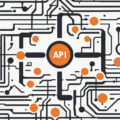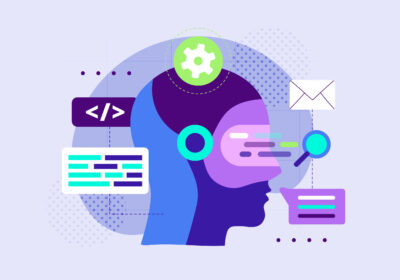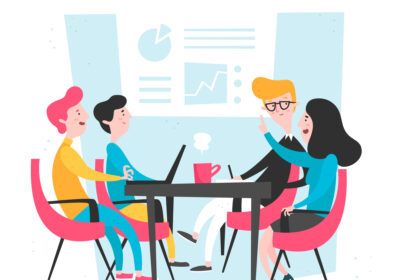In the dynamic world of digital transformation, businesses often find themselves entangled with legacy systems that struggle to keep up with modern technological demands. These antiquated systems can become roadblocks to efficiency, scalability, and innovation. This blog post will serve as your compass, guiding you through the labyrinth of modernizing legacy systems, enabling your applications to meet the contemporary business needs and stay competitive in the digital marketplace.
Understanding Legacy Systems
Legacy systems are like the old, reliable workhorses of an organization’s IT infrastructure. They are older technologies, software, or applications that continue to be used, often because they handle critical operations or contain valuable data. These systems, once the pinnacle of technology, may over time become less efficient, harder to maintain, and incompatible with newer, more agile technologies.
The challenge with legacy systems extends beyond their outdated technology. It’s also the business processes, organizational culture, and customer expectations that have evolved around them. Modernizing these systems is not merely a technical upgrade – it’s akin to a business metamorphosis.
The Need for Modernization
Modernizing legacy systems is a strategic imperative for businesses to stay competitive in today’s digital age. Legacy systems can be costly to maintain, lack the flexibility to adapt to changing business needs, and may not be compatible with modern technologies that enable superior customer experiences.
Modernization can unlock numerous benefits, including improved operational efficiency, reduced operating costs, increased business agility, and the ability to leverage modern technologies such as cloud computing, AI, and machine learning. It’s like giving your applications a new lease of life, enabling them to soar in the digital sky.
Approaches to Modernization
Modernization isn’t a one-size-fits-all process. There are several approaches, and the right choice depends on your business needs, resources, and the nature of the legacy system. Here are a few common strategies, each with its own set of benefits and considerations:
- Rehosting: Also known as “lift and shift,” this involves moving the legacy system to a new hosting environment, often a cloud platform, without modifying the code. It’s like moving your old furniture to a new house.
- Replatforming: This involves making minimal changes to the code to adapt to a new runtime platform. It’s like retrofitting your old car with a new engine.
- Refactoring: This involves restructuring and optimizing existing code without changing its external behavior to improve performance. It’s like renovating your old house to make it more energy-efficient.
- Rearchitecting: This involves altering the code to shift it to a new application architecture and fully exploit new and improved capabilities of the application platform. It’s like rebuilding your old car from scratch with a modern design.
- Rebuilding: This involves redeveloping the application from scratch while preserving its scope and specifications. It’s like demolishing your old house and building a new one in its place.
Breathe New Life into Your Applications with Verbat
At Verbat, we understand the challenges of modernizing legacy systems. Our team of experts can guide you through the process, helping you choose the right approach based on your specific needs. We offer end-to-end services, from assessing your current systems and defining the modernization strategy to implementing the solution and providing ongoing support. It’s like having a trusted partner by your side, helping you navigate the journey of modernization.
Conclusion
Modernizing legacy systems is a complex but necessary task for businesses seeking to stay competitive in the digital age. With the right approach and the right partner, you can breathe new life into your applications, making them more efficient, scalable, and ready to meet the demands of modern business.
At Verbat, we’re ready to help you on this journey. If you’re ready to modernize your legacy systems and transform your business, contact us today!
This concludes our exploration of modernizing legacy systems. We hope this blog has provided you with valuable insights to help you on your modernization journey. Stay tuned for more informative and insightful blogs from Verbat! Remember, with Verbat, you’re not just modernizing your systems; you’re future-proofing your business.





